Leaving India, Finding Bharat (Part 1)
Ratna and Nadim Siraj
EmpireDiaries.com
EMPIRE DIARIES ON ROAD
April 21, 2024: From mid-January to mid-April in 2024, Empire Diaries founding editors, Ratna and Nadim Siraj, were on a meandering road trip, spanning 13 states and covering nearly 7,500km. Delhi NCR was the start and finish for the three-month-long start-and-stop journey.
The route map roughly resembled a triangle. They started off in the north, then headed to the east. After a pause in Bengal, they headed west across central India, reaching Goa, before meandering back to the north, completing the triangle. They journeyed through Uttar Pradesh, Bihar, Jharkhand, Bengal, Odisha, Chhattisgarh, Telangana, Karnataka, Goa, Maharashtra, Madhya Pradesh, Rajasthan, and Haryana.
What was the motive and outcome of the road trip? To discover ‘Bharat’ that is buried underneath the more celebrated ‘India’. To get a sense of scale of the rural-urban socioeconomic divide. To collect compelling video-focused ground reports from the country’s rural heartland. And to piece together tell-tale photographs of the hinterland.
Here goes Part 1 of a photo series from the discover-Bharat tour (Click here for Part 2). It focuses on the people we met during the journey. This opening part features images from UP, Bihar, Jharkhand, and Bengal. Keep an eye on Empire Diaries for Part 2, to be published soon.
Part 1 (UP, Bihar, Jharkhand, and Bengal)
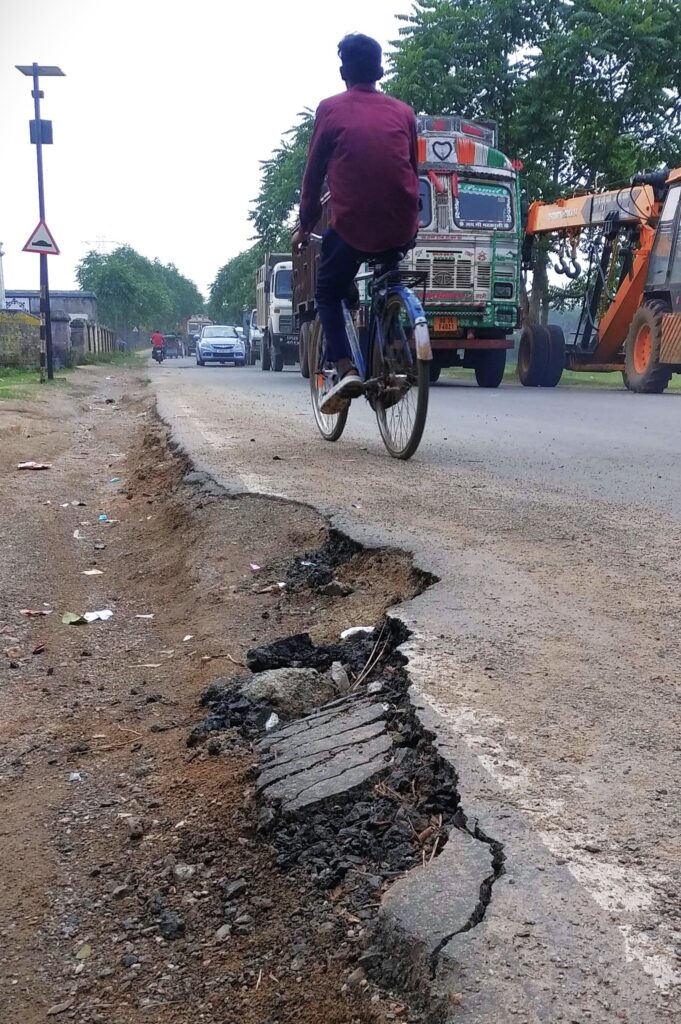
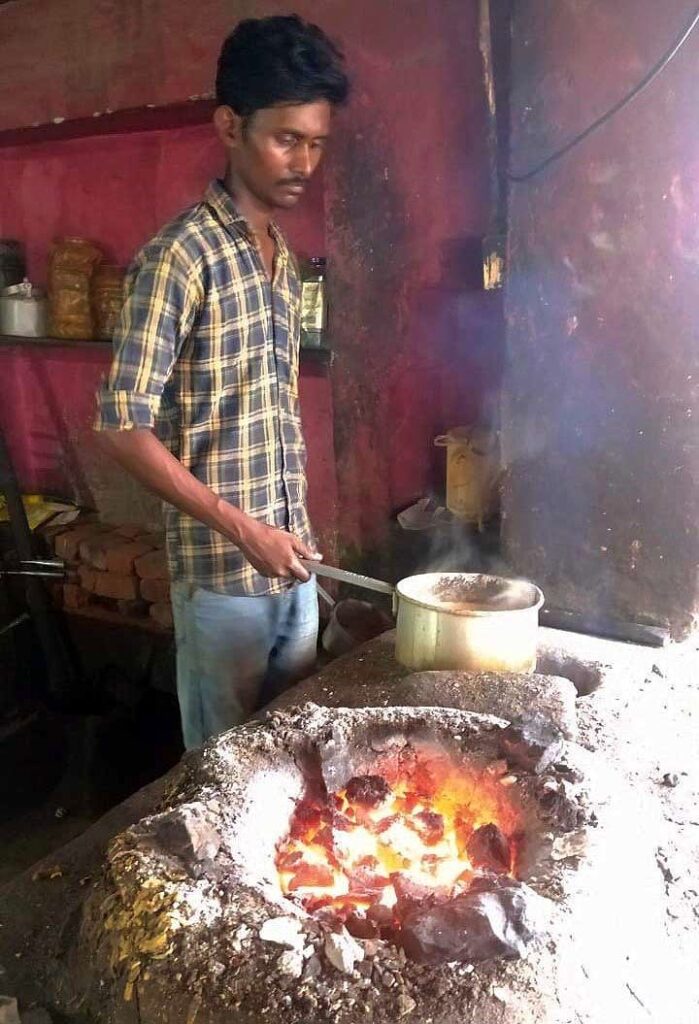
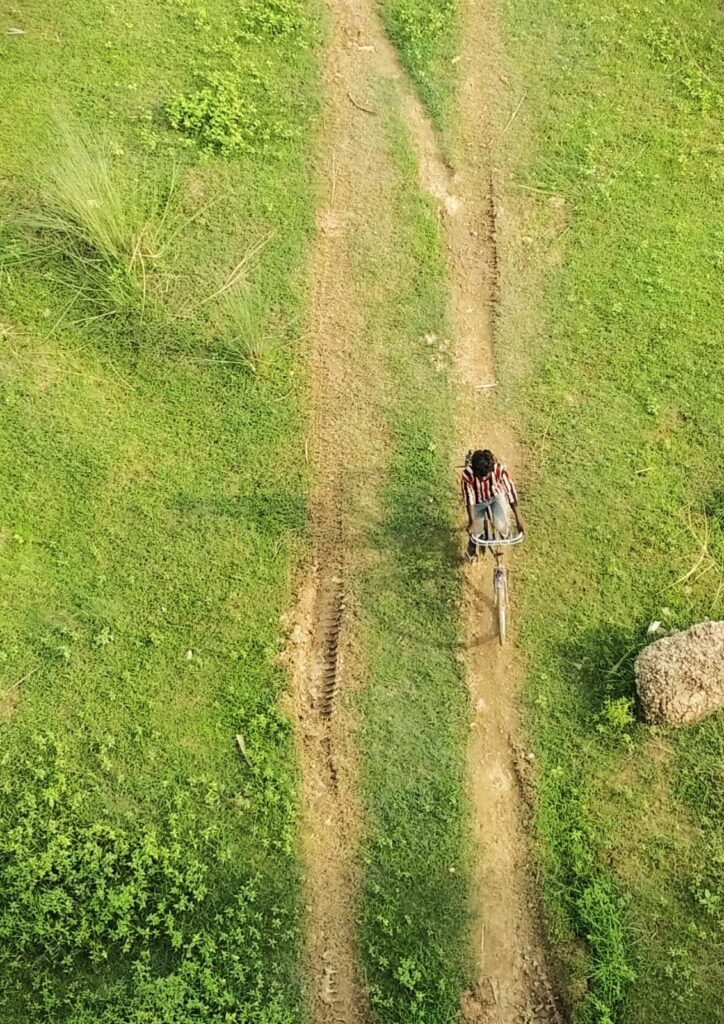


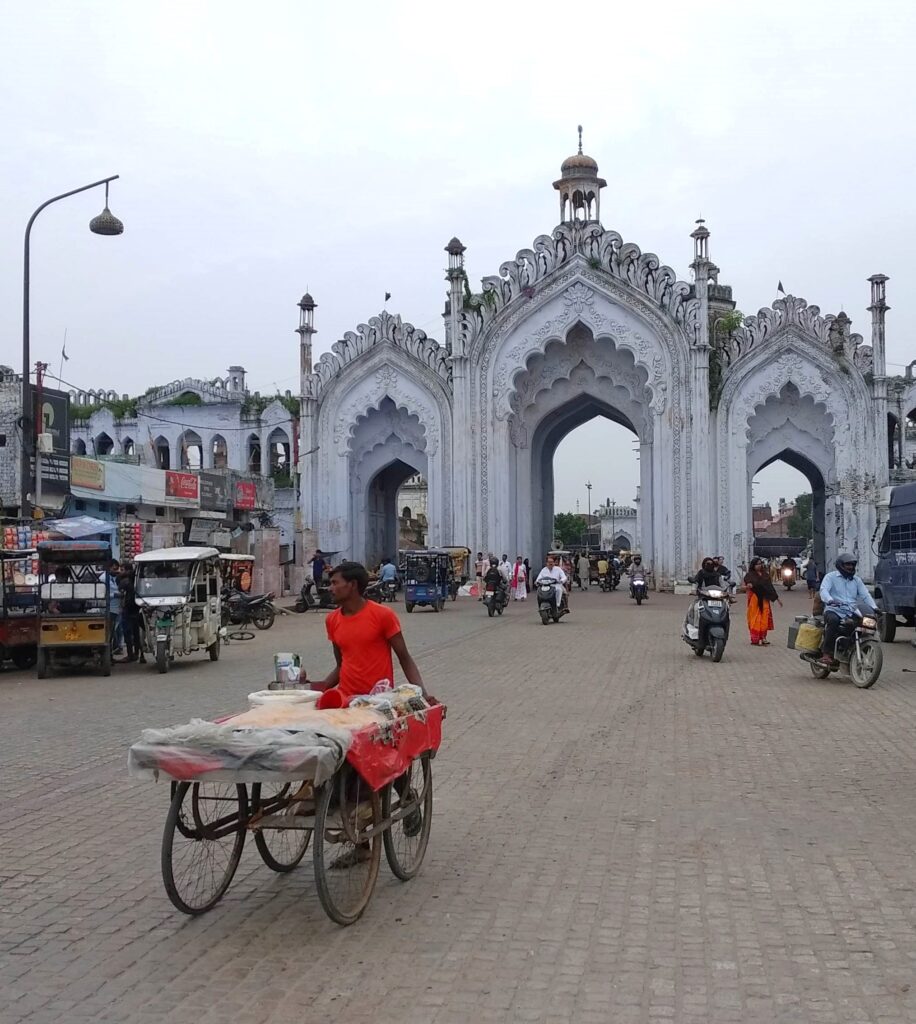
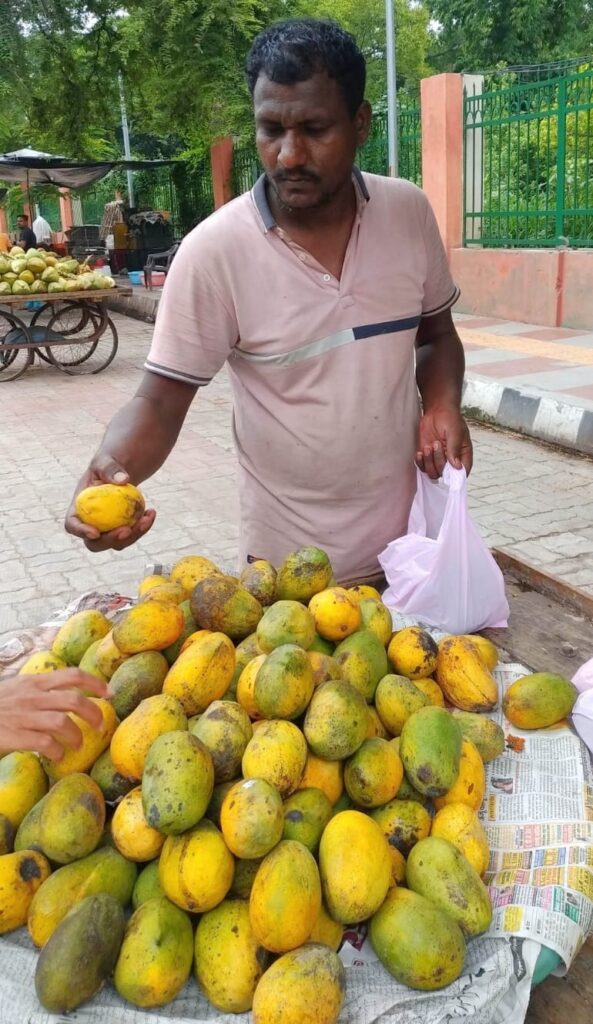

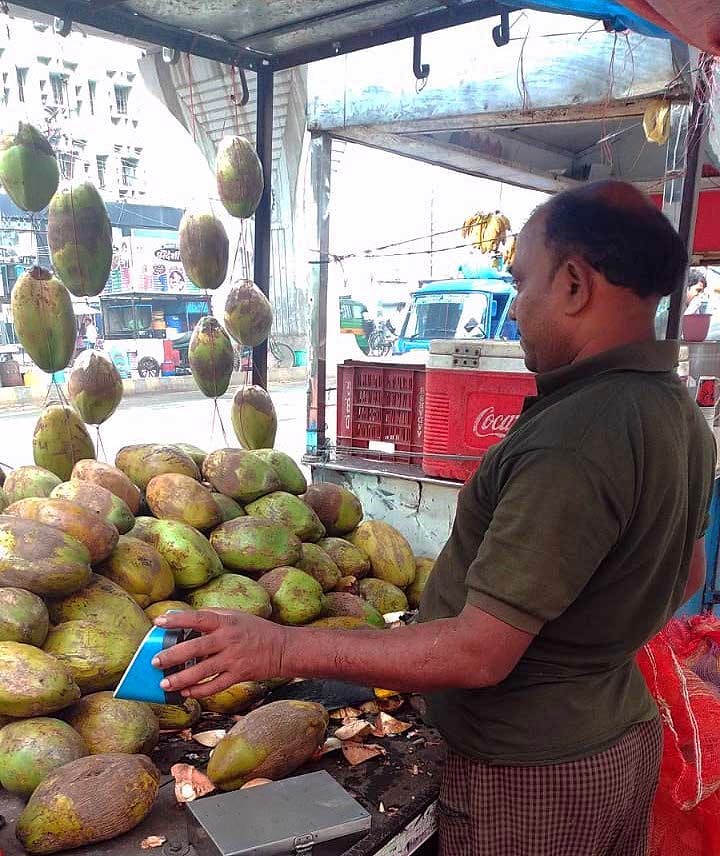
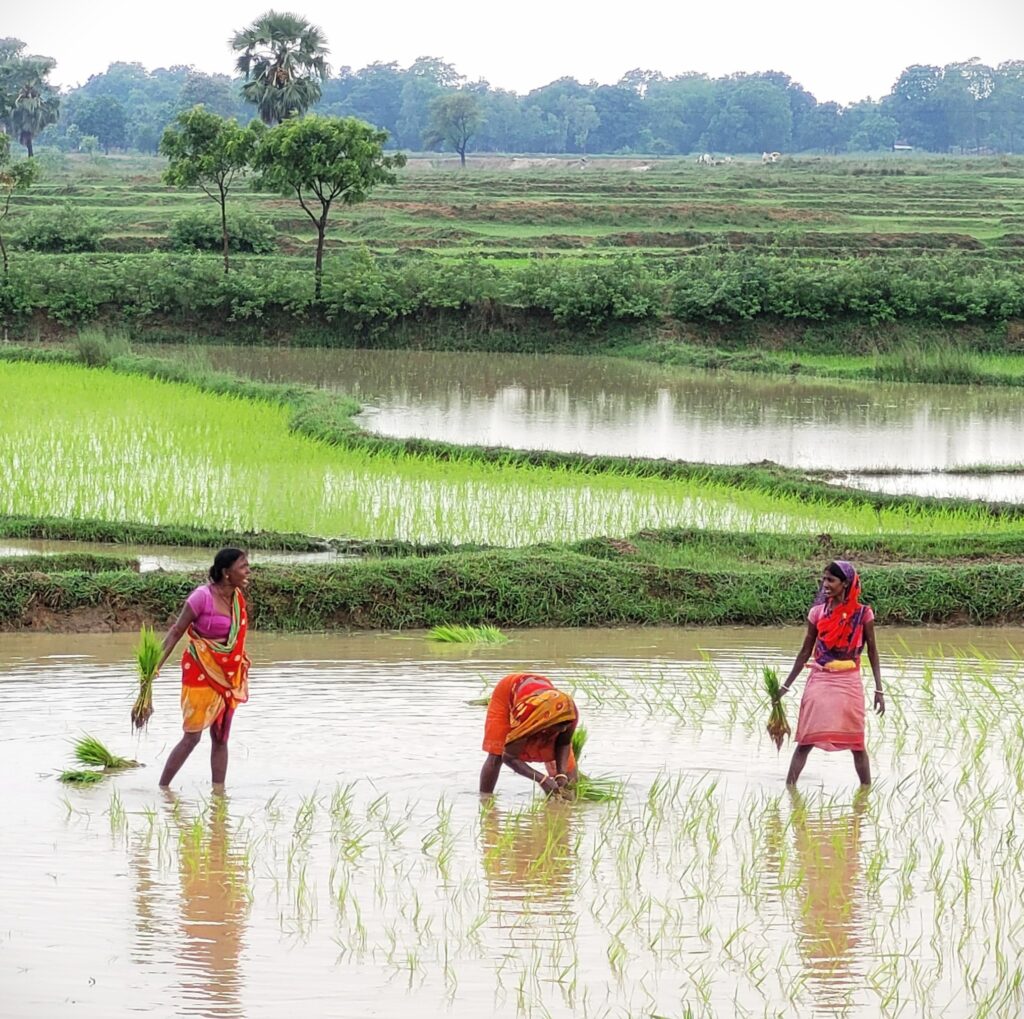
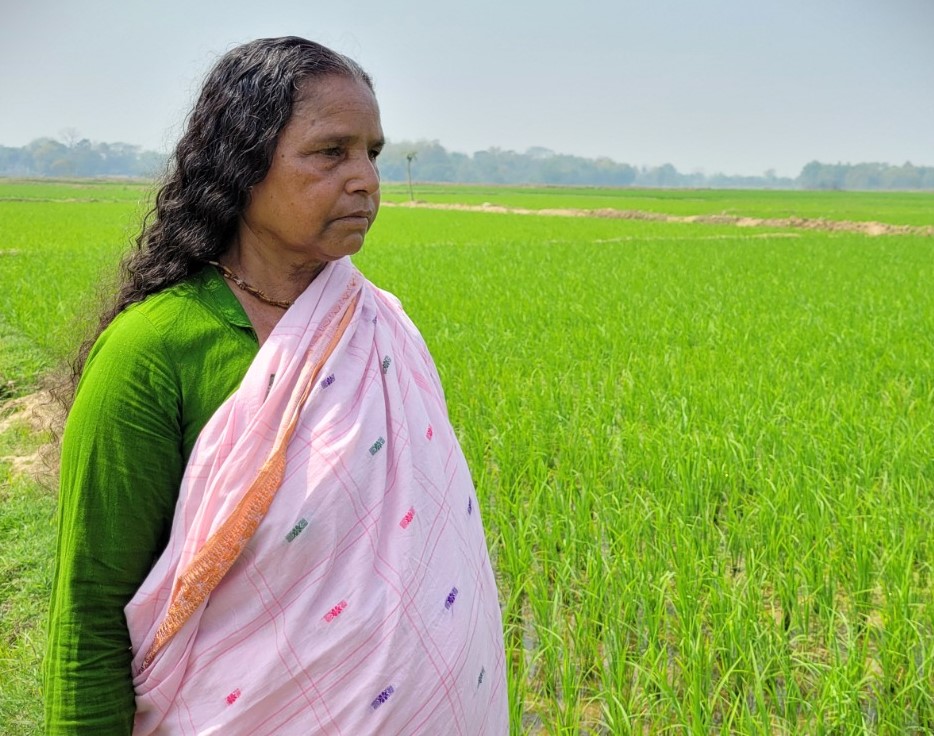
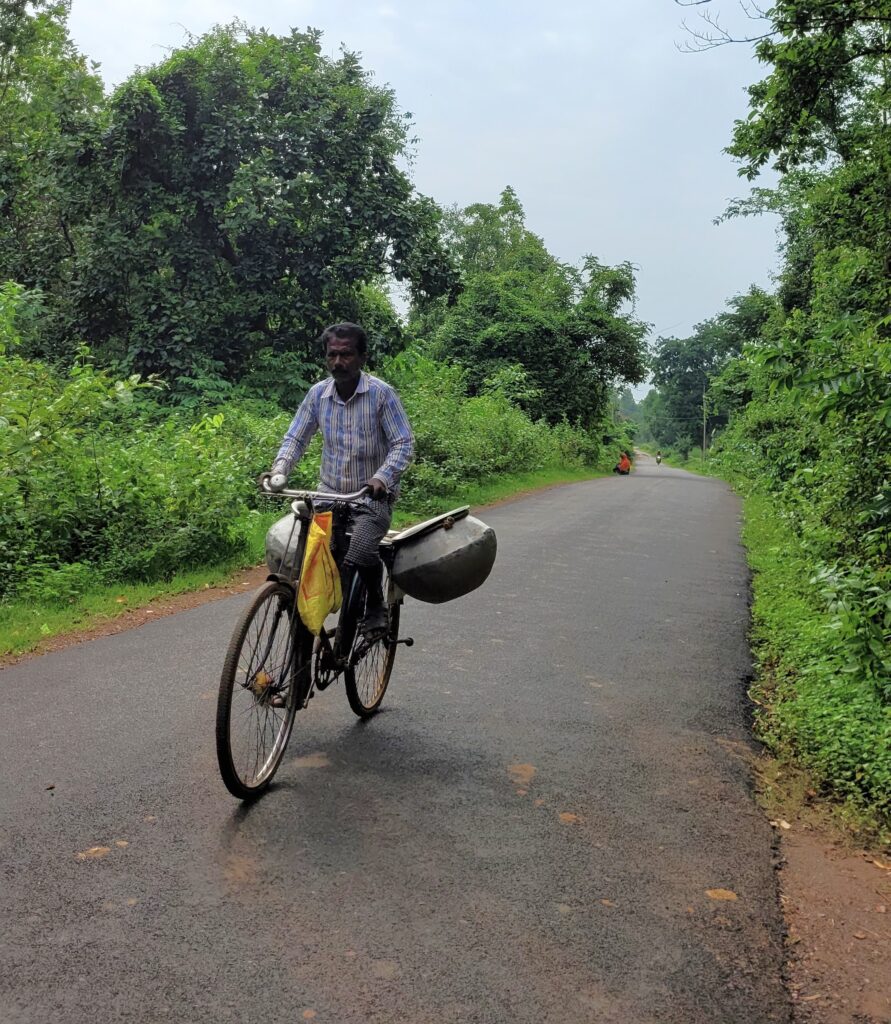
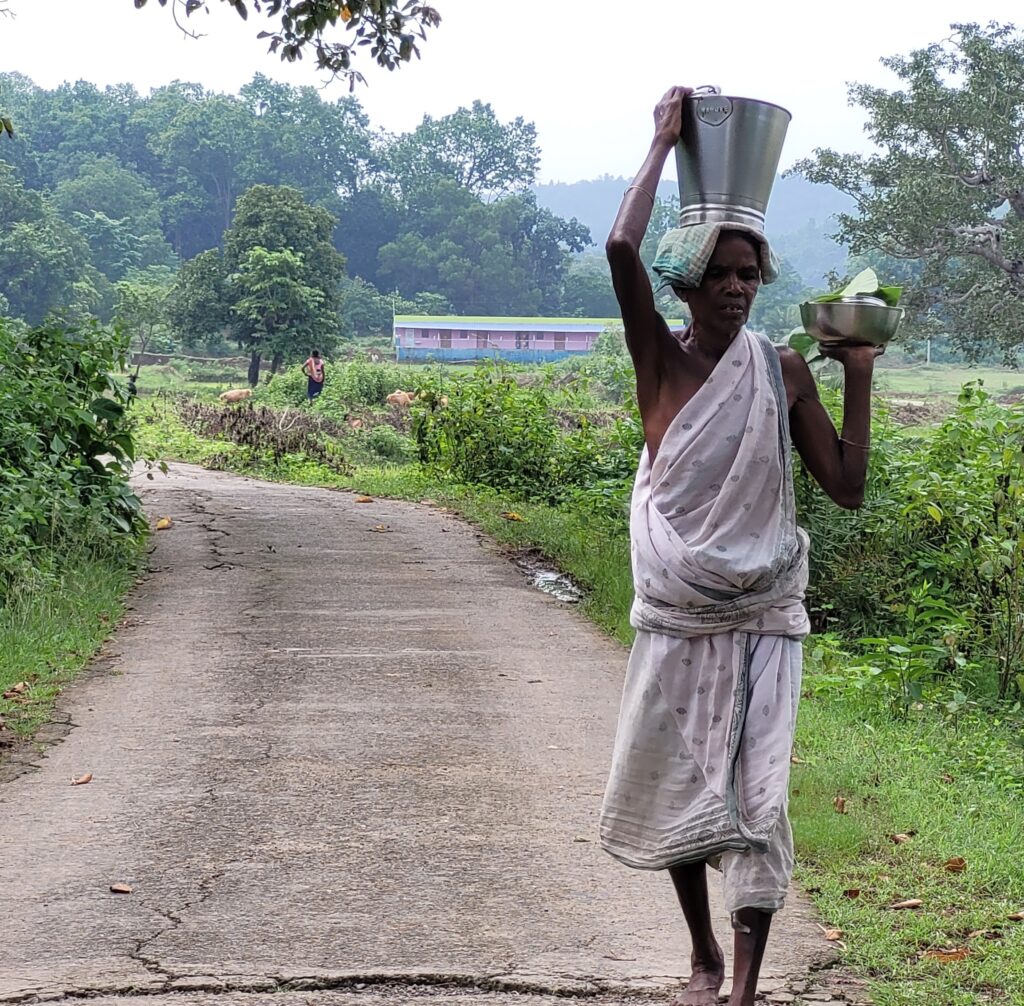
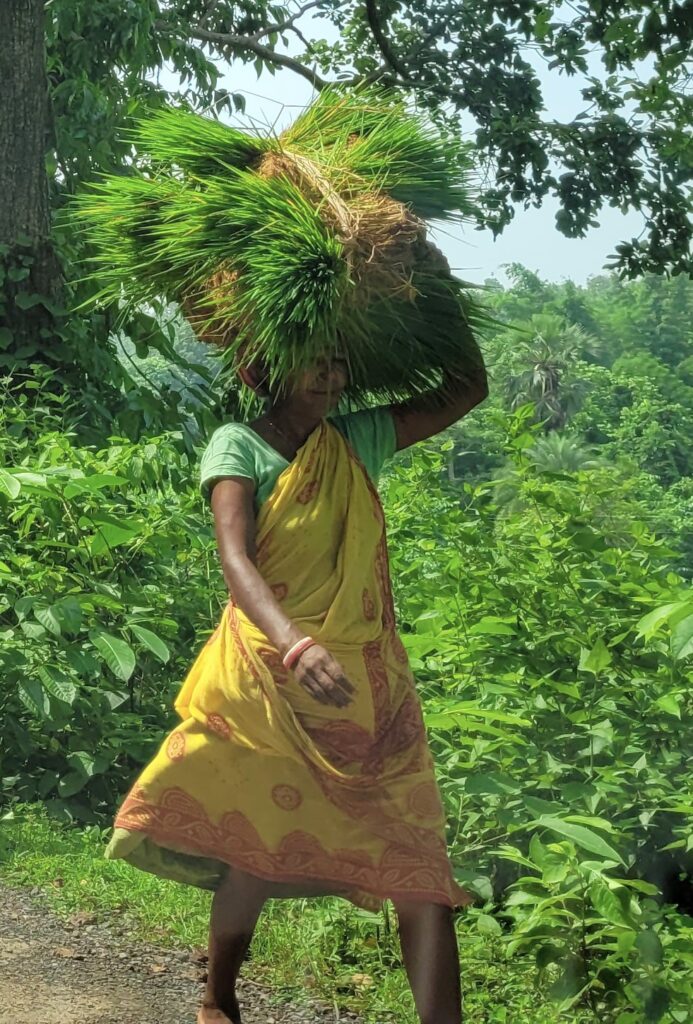
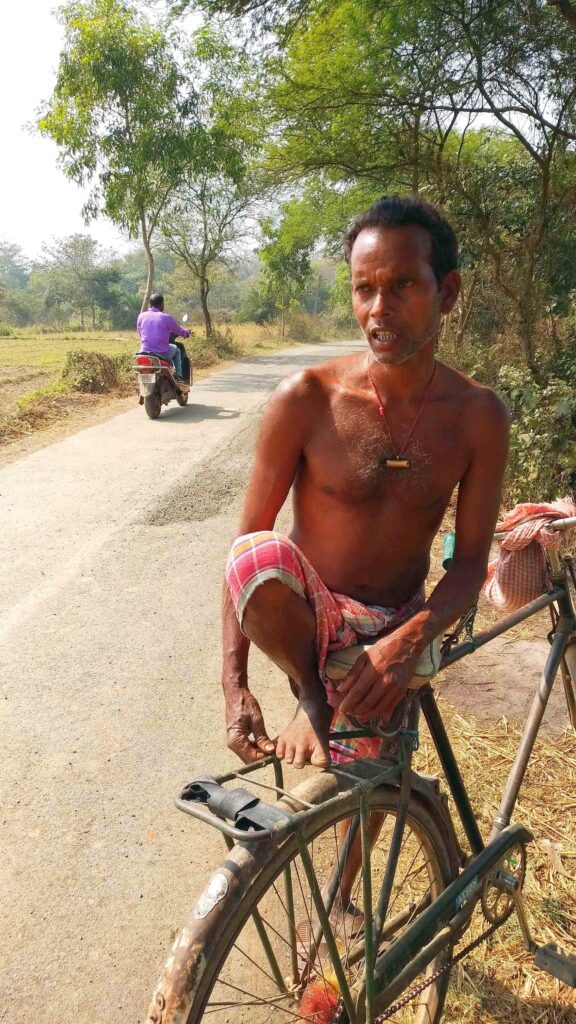
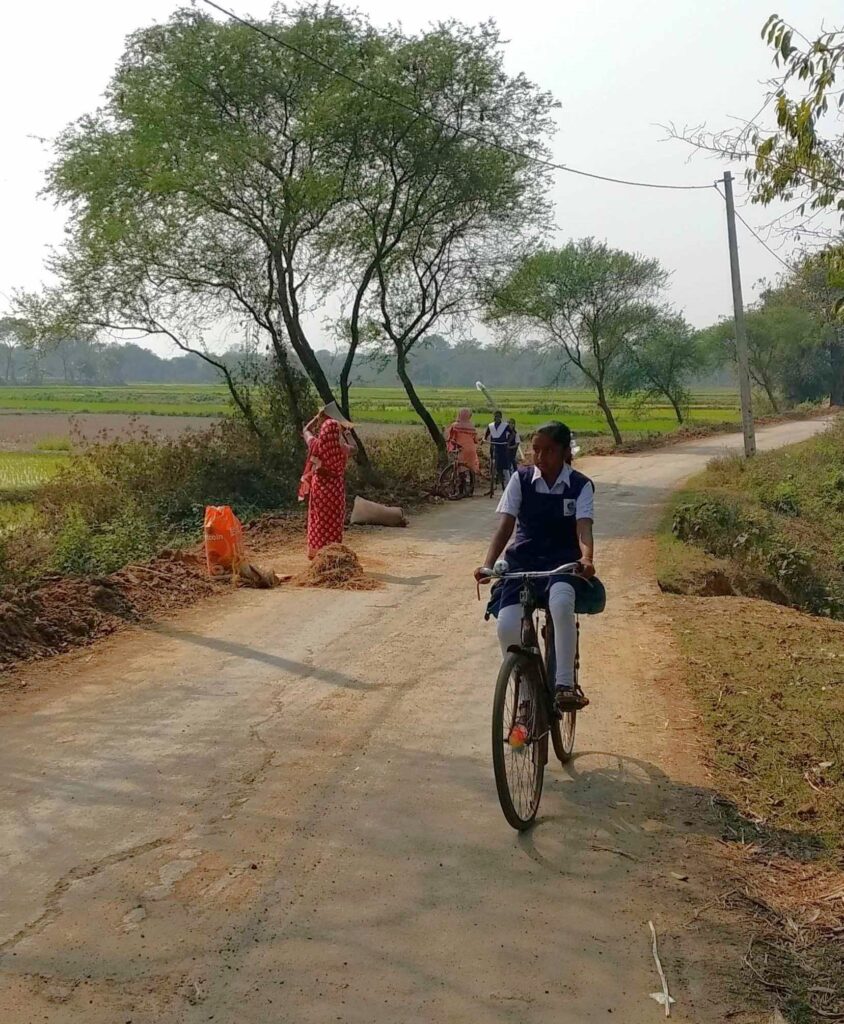
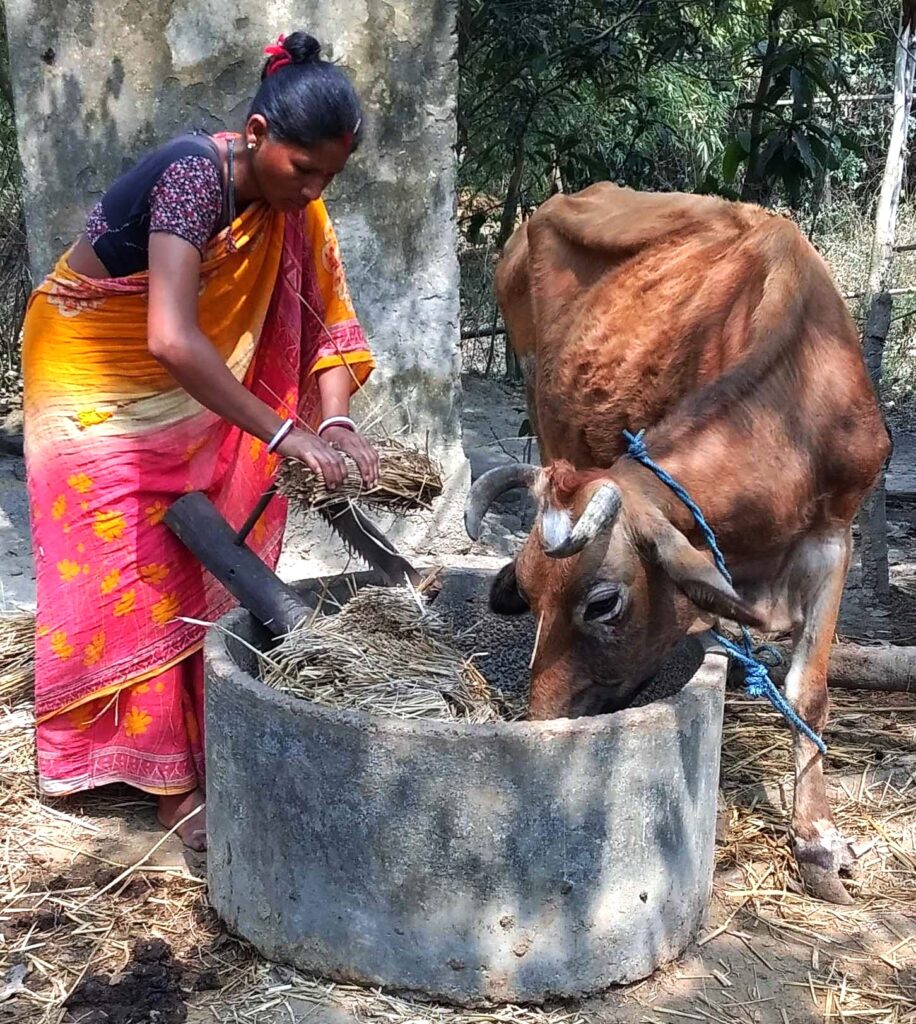
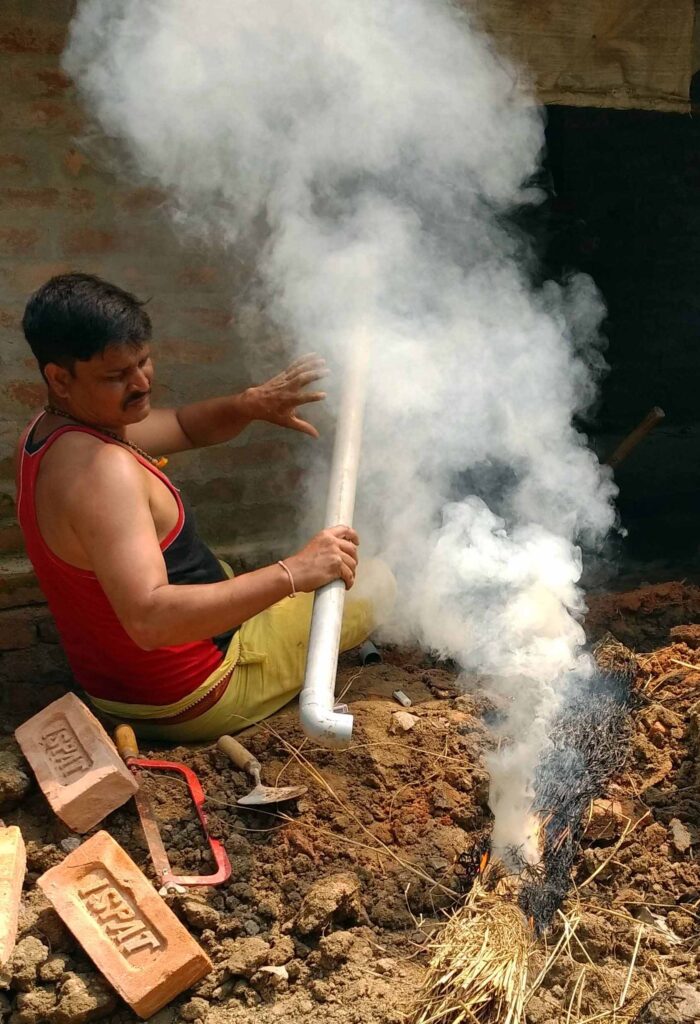
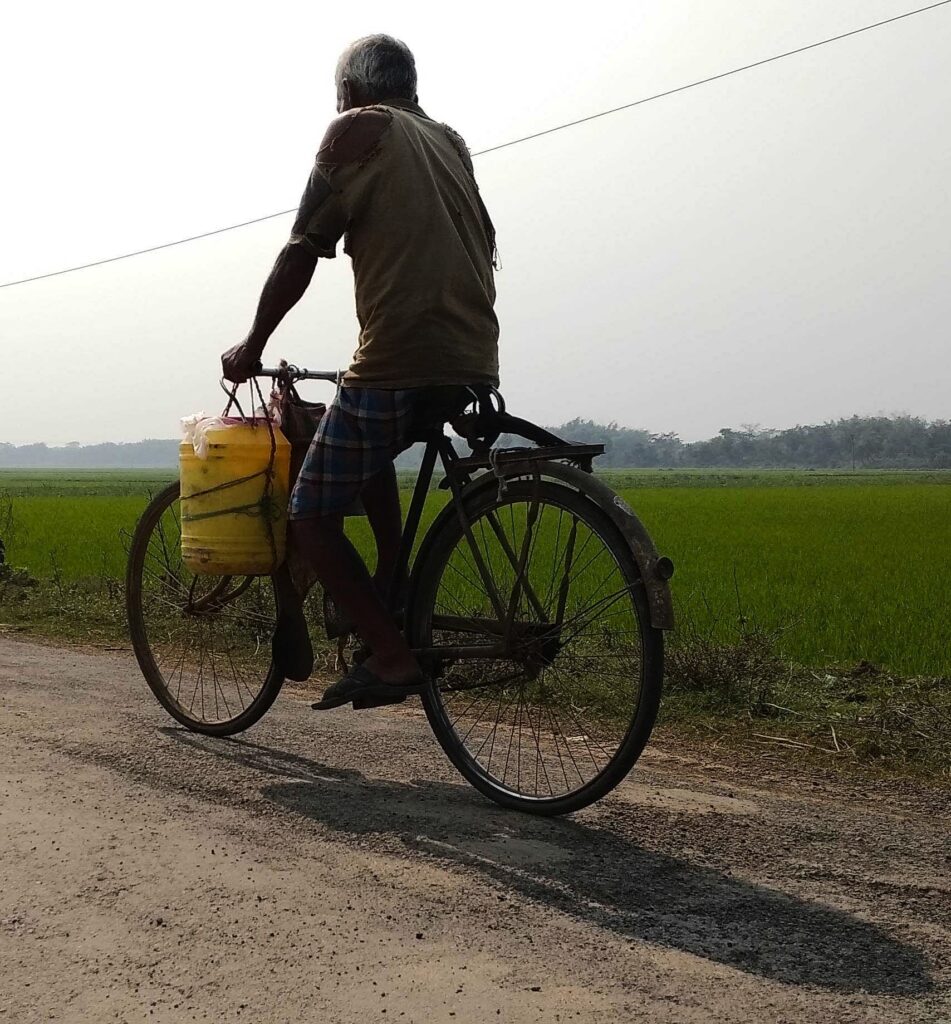
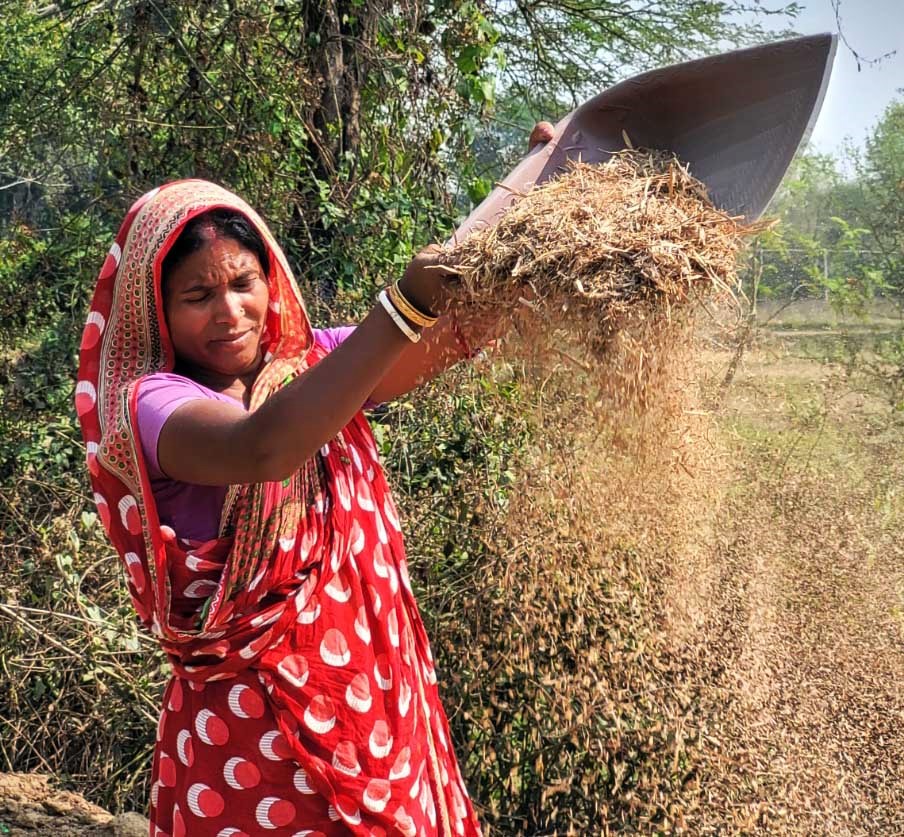
COPYRIGHT & REPUBLISHING TERMS:
All rights to this content are reserved with Empire Diaries. If you want to republish this content in any form, in part or in full, please contact us at writetoempirediaries@gmail.com.
ALSO SEE…








